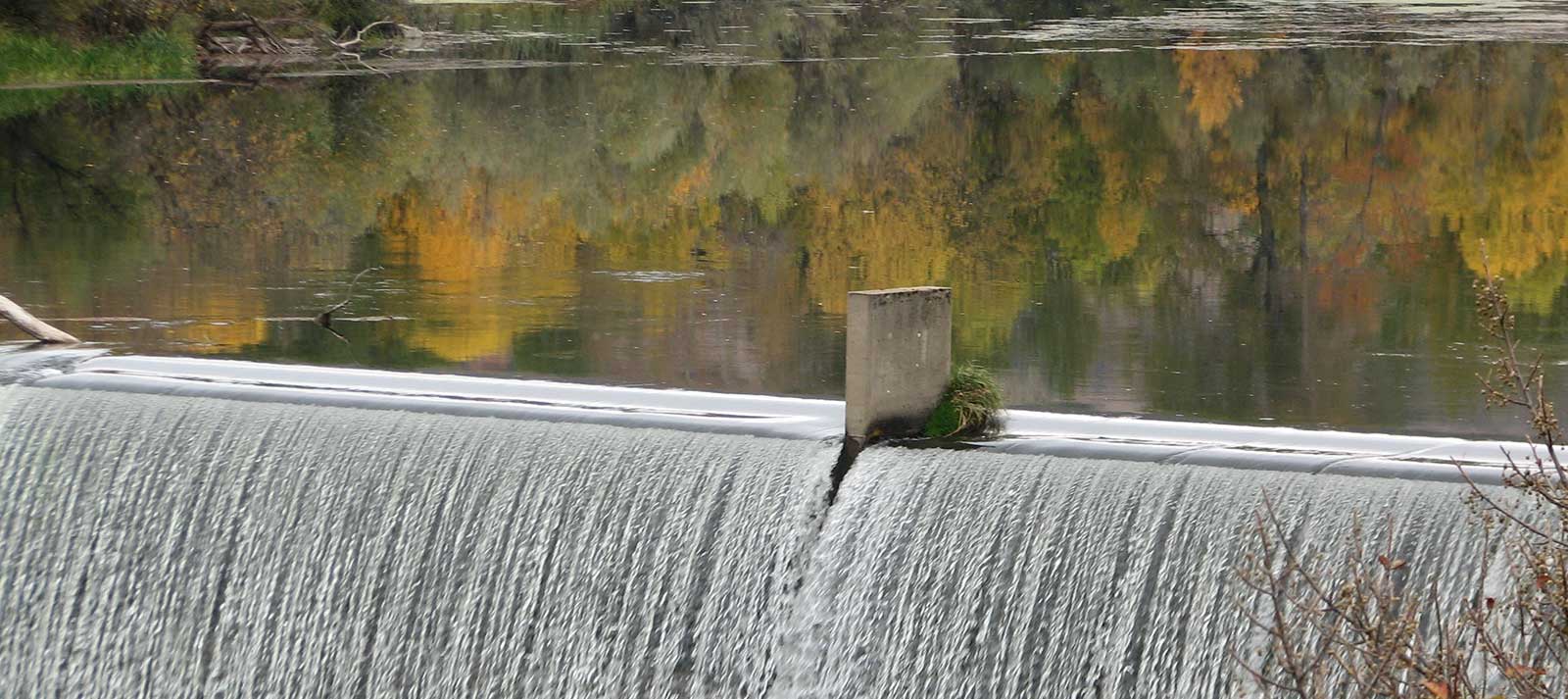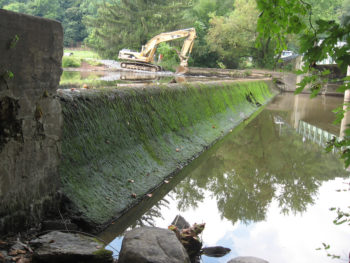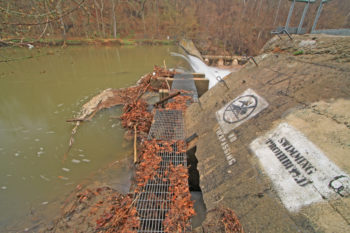How Dams Damage Rivers

Over the past 100 years, the United States led the world in dam building. We blocked and harnessed rivers for a variety of purposes. Those purposes include hydropower, irrigation, flood control and water storage.
The U.S. Army Corps of Engineers has catalogued at least 90,000 dams greater than six-feet tall that are blocking our rivers and streams. There are tens of thousands of additional small dams that fall through the cracks of our national inventory.
While dams can benefit society, they also cause considerable harm to rivers. Dams have depleted fisheries, degraded river ecosystems, and altered recreational opportunities on nearly all of our nation’s rivers.
Today, many dams that were once at the epicenter of a community’s livelihood are now old, unsafe or no longer serving their intended purposes. Although not all dams damage rivers in exactly the same way, here are some of the most common ways they inflict harm.
Four ways dams damage rivers
1. Dams block rivers
Dams prevent fish migration. This limits their ability to access spawning habitat, seek out food resources, and escape predation. Fish passage structures can enable a percentage of fish to pass around a dam, but their effectiveness decreases depending on the species of fish and the number of dams fish have to traverse.
2. Dams slow rivers

Aquatic organisms, including fish such as salmon and river herring, depend on steady flows to guide them.
Stagnant reservoir pools disorient migrating fish and can significantly increase the duration of their migration.
Dams can also alter the timing of flows. Some hydropower dams, for example, withhold and then release water to generate power for peak demand periods.
These irregular releases destroy natural seasonal flow variations that trigger natural growth and reproduction cycles in many species.
3. Dams alter habitat

Dams change the way rivers function. They can trap sediment, burying rock riverbeds where fish spawn.
Gravel, logs, and other important food and habitat features can also become trapped behind dams. This negatively affects the creation and maintenance of more complex habitat (e.g., riffles, pools) downstream.
Dams that divert water for power and other uses also remove water needed for healthy in-stream ecosystems. Peaking power operations can cause dramatic changes in reservoir water levels. This can leave stretches below dams completely de-watered.
4. Dams impact water quality
Slow-moving or still reservoirs can heat up, resulting in abnormal temperature fluctuations which can affect sensitive species. This can lead to algal blooms and decreased oxygen levels.
Other dams decrease temperatures by releasing cooled, oxygen-deprived water from the reservoir bottom.
